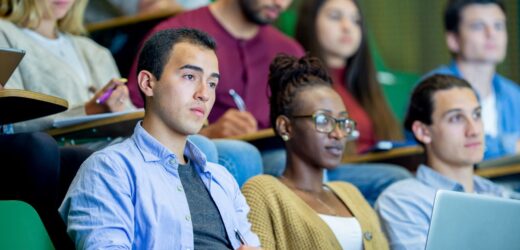Flipped learning environments offer unique opportunities for student learning as well as some unique challenges. By moving direct instruction from the class group space to the individual students’ learning spaces, time and space are freed up for the class as a learning community to explore the most difficult concepts of the course. Likewise, because students are individually responsible for learning the basics of new material, they gain regular experience with employing self-regulated learning strategies they would not have in an “unflipped” environment.
But because initial engagement with new material is done independently as a preparation for class time, rather than as its focus, many things could go wrong. If students do the assigned pre-class work but don’t acquire enough fluency with the basics—or if they simply don’t do it at all—then the in-class experience could be somewhere between lethargic and disastrous. How can an instructor in a flipped learning environment avoid this and instead have consistently engaging and productive learning experiences for students in both the individual and group spaces?
Four Strategies for Effective Assessment in a Flipped Learning Environment

Related Articles
I have two loves: teaching and learning. Although I love them for different reasons, I’ve been passionate about...
You’ve prepared a fabulous, interactive class. You’ve designed engaging activities, developed meaningful discussion questions, and cultivated an inviting...
AI has become a part of nearly all facets of teaching, from lesson development to exam creation to...
Navigating the gulf between the most and least prepared students in a course can seem like an insurmountable...
I’ve taught a course in statistics for psychological research for almost 40 years. No student becomes a psych...
My course is literally about teaching reading to young children, a challenge given that research suggests that college...
We’ve long known that reading long blocks of text can lead to wandering minds and lower retention. It’s...








